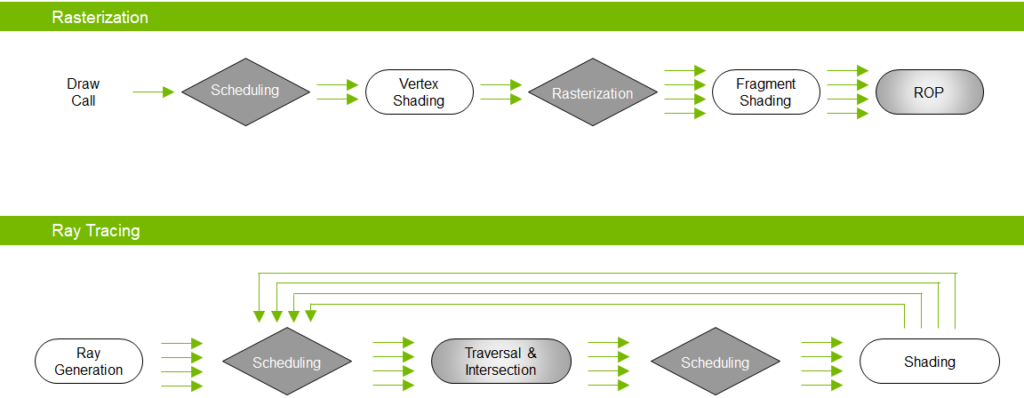neural networks run most efficiently on tensor.To go further, there's no reason the AI derived algorithm couldn't target standard computer shader specs rather than requiring Tensor cores. DLSS is designed specifically to address nVidia's business needs.
Tensors flops are in the 100TF range. That’s several magnitudes higher than the standard CU.
The full-fat version of Turing (it’s not clear which GPU this specifically refers to) is capable of 14 TFLOPS of FP32, 110 FP16 tensor FLOPS (that’s the half-precision mode) and 78T RTX-OPS. That last metric isn’t really a metric at all since we don’t really know what an RTX-OP is, exactly, but presumably, that kind of information will be fleshed out at a later date. The current Titan X, in contrast, is capable of 12 RTX-OPS.
Last edited:


